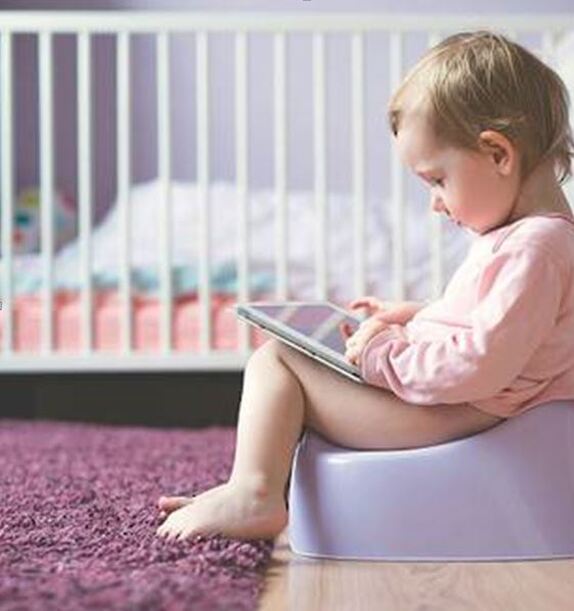Kids' Kampus
|
Every toddler is different when it comes to toilet training, but here are some basic tips on what you might expect.
From understanding whether your toddler is ready to start toilet training, tips on using a potty versus a toilet seat and some toilet training techniques to help you on your journey. Basics of toilet training your toddler Toilet training toddlers can take anything from a few days to even 6 months, often with a few little accidents along the way, so time and patience from you is of the essence. Some toddlers might also toilet train in stages as they learn to control their bladder, starting with weeing in the toilet or potty, then pooing and then staying dry at night, rather than having the skills to be fully toilet trained all at once. Is your toddler ready for toilet training? There are several ways to tell if your toddler is ready to start toilet training. For instance,
Potty verses toilet seat - which one should toddlers use? When toilet training your toddler you have the option of choosing a potty, a toilet training seat or the usual toilet seat in your bathroom. However, it really comes down to personal preference. In some cases, using a potty may be the most convenient option, but in other cases, training a toddler on the adult toilet can prove to be more efficient. It all depends on your toddler and what works best for your family. Potties may seem less intimidating to a toddler learning to potty train. A potty will be the right height/size for them and may even be a fun colour or design, making it more appealing than an adult toilet. Your toddler will likely be able to go into the bathroom and sit on the potty without any help from you and will therefore take ownership of the potty and get used to having it around. Potties are very safe for young children to use. They are already child-sized, there is no concern about your toddler falling off or into the potty. Some potty chairs even serve as a step stool when the lid is down, allowing your toddler a safe method for reaching the sink and washing their hands. Some toddlers may prefer to learn to use the bathroom with the adult toilet that they are used to seeing in the family bathroom. Toilets can be made safe for toilet training. Toilet training seats fit on the toilet seat and are designed to make a smaller seat and opening for a toddler. Some come with handles for toddlers to hold onto while using the bathroom. Let the toilet training begin! Put the toilet training seat or potty in the bathroom or play area and let your toddler sit on it without a nappy on to get used to it. You may like to read them a book on potty training during this time so they will start to understand what they are meant to use it for. Watching a parent use the toilet can be a good motivator, as can aiming at a target in the toilet or potty. Sit your toddler on the potty several times a day, perhaps every 2 hours or so, and even if they don’t do anything in the potty praise them for trying. If your toddler won't use the toilet, it may be because they are afraid of it. In this case, use a potty to establish a comfort level. Or, it may a sign that they are not quite ready to be potty trained. If so, leave it there and don’t force the issue, they may surprise you after a few weeks by starting to sit on it by themselves. Sometimes a previously potty trained toddler can suddenly begin to have accidents. It is important not to get frustrated as they don’t do it deliberately. If there are any changes to your toddler’s routine such as the arrival of a new sibling or starting a new kindy or daycare centre, it may throw out their usual routine and cause them to seek what they think of as familiar, which is most likely using nappies. Talk to your toddler about any changes and encourage them to use the potty or toilet again. Make sure you give them lots of positive praise and use a reward chart if you have one. Extra attention and cuddles will help your toddler when they are stressed or anxious. Try not to revert back to a nappy, but instead use toilet training pants again until they decide to use the potty again. This may take a few weeks so be patient. Your toddler may go through a phase of getting upset at seeing a ‘part of them’ being flushed away, so they may resist using the toilet or try to hold on. This is completely natural and a part of their development. Try to remain patient. This phase will pass and your toddler will soon be able to use the toilet and flush again. For more helpful articles please visit https://www.under5s.co.nz
0 Comments
|
.Margie Blackwood, owner and Director of Kids' Kampus
April 2024
. |
|
Kids’ Kampus Childcare
50-52 Shackleton Road Mt Eden, Auckland 1024 New Zealand |
|








